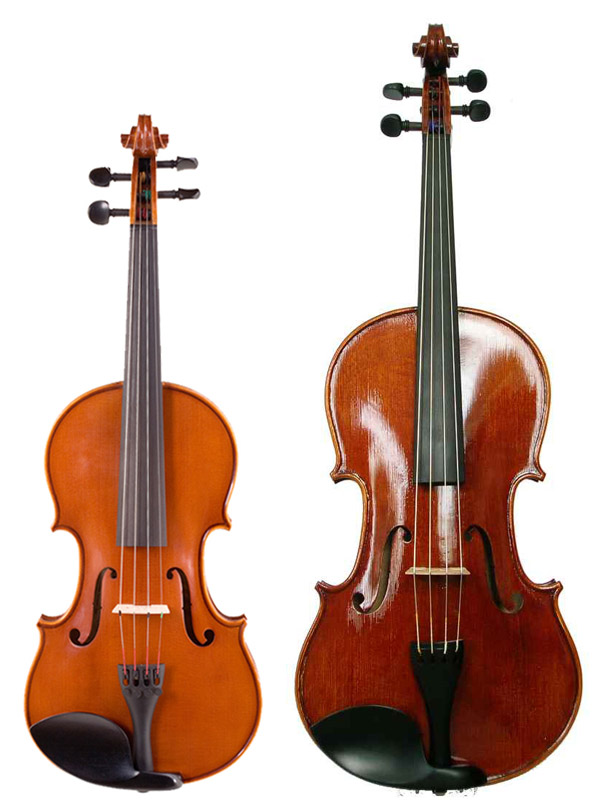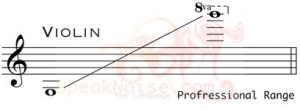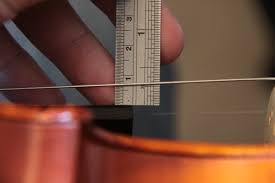Can you Differentiate Violin from Viola?
2017-08-13



 String Instrument News
String Instrument News

Both violin and viola belong to string family instruments, and they both look the same. Their structure and manner of playing are also the same in which both of them require a bow to play them.
During the 16th century, luthiers or lute makers such as Andrea Amati and Gasparo da Salòwas started the creation and production of both violin and viola. These two instruments are like cousins because they have the same source and the same features. They are also used in orchestras and other groups of instrumentalists as standard concert instruments. But behind their similarities lies several differences that we can consider.
The Frame and Size of the Body is Different

At one glance, we can easily see that the viola is bigger than the violin if you put them together. Even though violins have various sizes, its largest size or full size is still not bigger than the full-size viola.
Tone Range is Different


The difference in tone range is probably one of the most major reasons why string instrument makers have to make both violin and viola. Violins can hit high notes that violas cannot, but violas can hit low notes that violins cannot. So when it comes to voice range, the violins are the Sopranos while the violas are the altos. Both of them are needed in the orchestra because they complement each other and make harmonies.
The Strings they Use are Different

Since violas and violins have different tone range, it would, therefore, require them to have a different set of strings to reach their range of sound. Since viola can reach lower notes than the violin, it has C3 for its lowest string then followed by G3, D4, and A4. On the other hand, the violin that can reach the high note has E5 as its highest followed by A4, D4, and G3 as its lowest string.
They both are played with a Different Technique

Because they both have different size, string, and tone, they require separate techniques to fulfill the best sound quality from both instruments. Since Viola is apparently larger than the violin, it needs more stability and strength while playing it. Since violas have thicker strings than violins, the amount of pressure required is different as well as doing the vibrato on strings. The bowing technique is also different compared to violins.
The Sound Quality Is Different


The violin sounds brighter, lighter and thinner while the viola has a mellower, deeper, and darker sound. The viola’s sound is fuller and slower; therefore the vibrato has to be a bit slower compared to the way you apply vibration on violins.
Even though violins and violas are different from each other, not one of them is regarded as unimportant or insignificant in the realm of classical music. There are classical and baroque musical pieces written both for viola and violin solo. Both instruments share the same importance in musical productions, concerts, and other purposes.

Leave a Comment